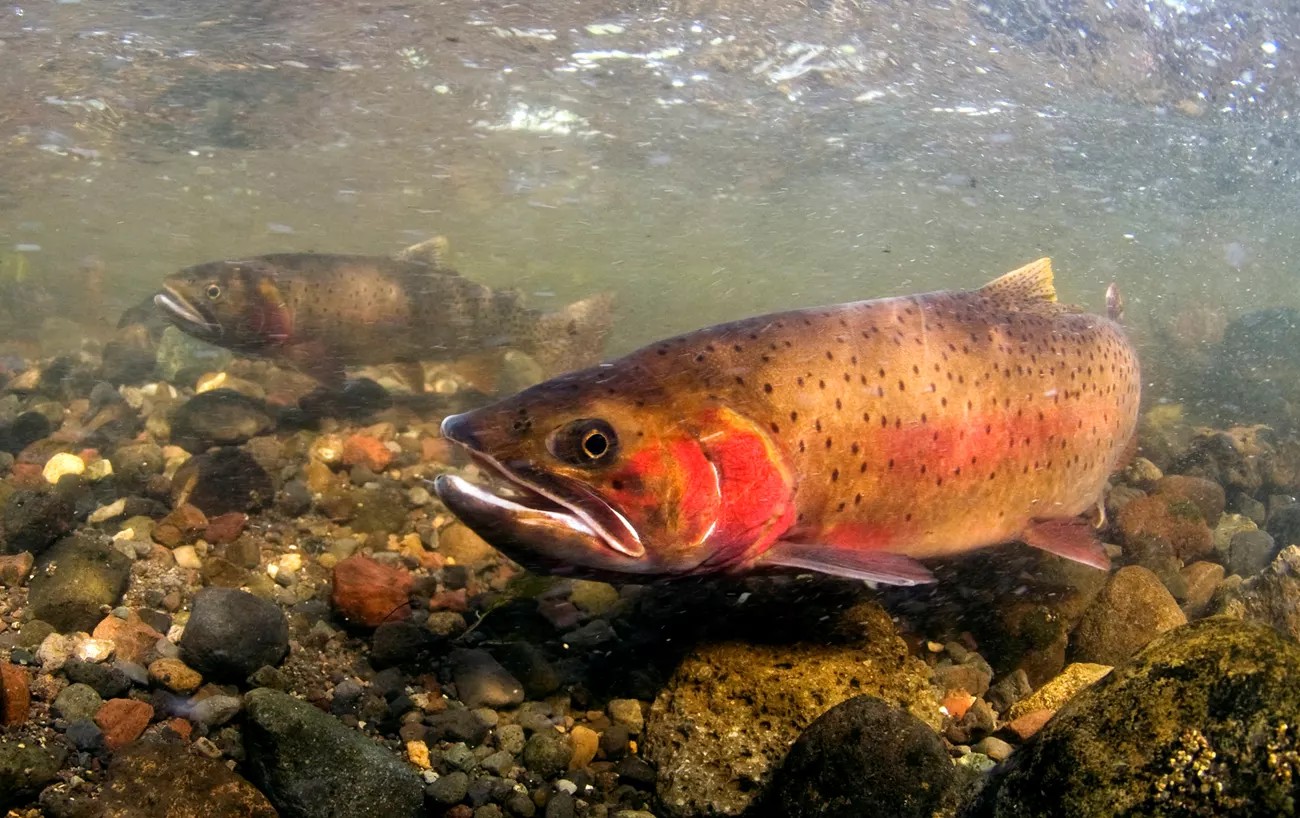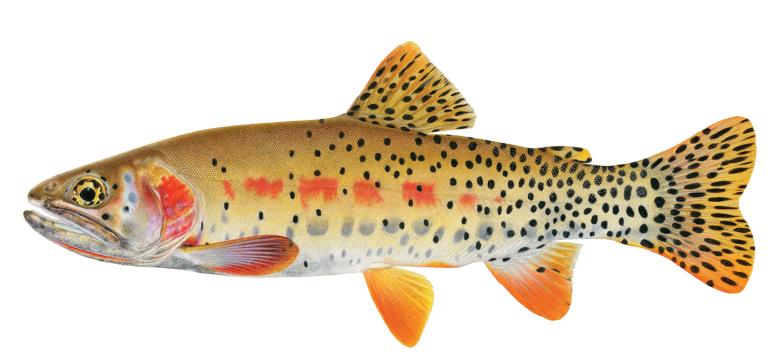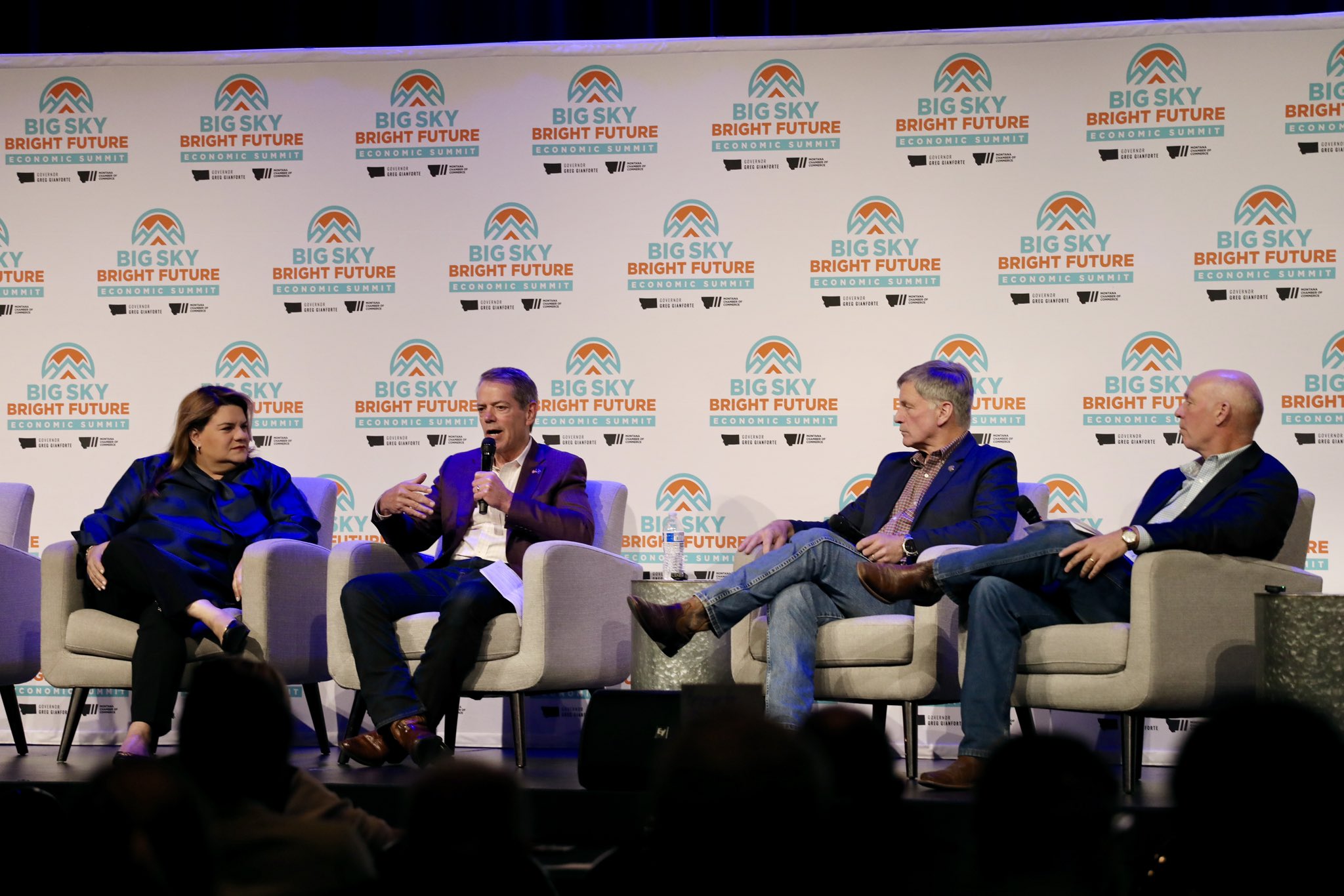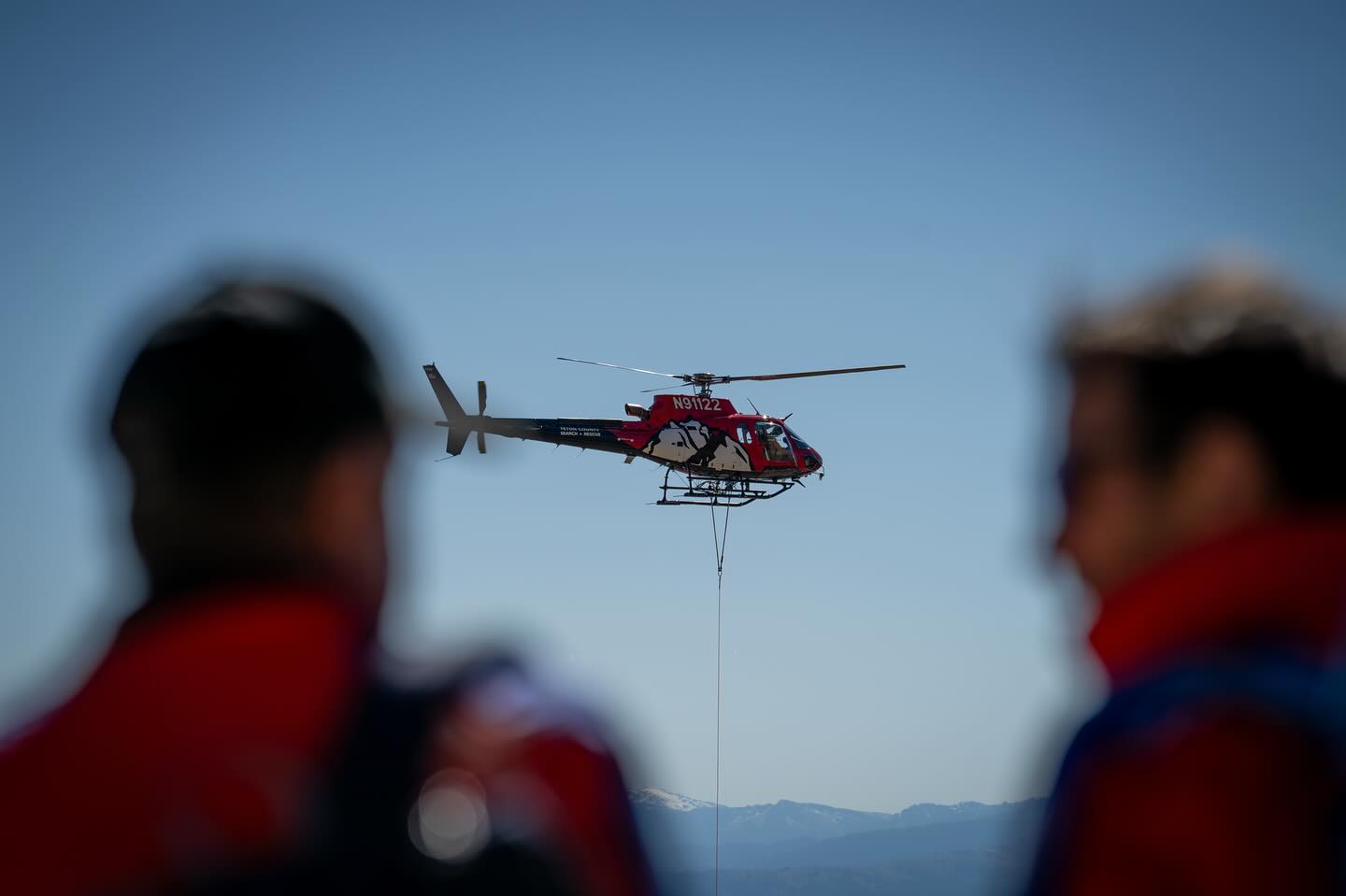10/16/25
Best of the West: Native fish return; Fighting homelessness; Energy summit; Global search and rescue conference; and western Nobel prize winners
.png)
The Western Governors' Association keeps you updated on the latest news in the West. Here are the top stories for the week starting October 13, 2025. (Photos courtesy of Adobe Stock Images, the National Park Service, Colorado Parks and Wildlife, the Office of Montana Governor Greg Gianforte, and Teton County Search and Rescue).
Across the West, native fish species are making important comebacks into waters where they had previously been threatened or driven near extinction. With the help of western states and wildlife managers, native fish are bringing biodiversity and healthier ecosystems back to lakes and rivers throughout our region.
In Oregon and California, it’s been just over a year since the world’s largest dam removal effort was completed on the Klamath River, and experts are already reporting a dramatic ecological comeback on the river.
Within a few weeks of the dam removals, scientists observed fish moving far upstream to spawn. Salmon have now returned to all of the streams above the former dam sites that experts expected they would return to for spawning.
The Karuk Tribe also reports that the water quality in the Klamath has increased, and water temperatures have dropped significantly, leading to fewer algae and bacteria blooms.
In nearby Washington, a record number of sockeye salmon returned to Skagit Bay and the Skagit River this year. Between June and October, 91,880 sockeye returned to the Skagit River after facing extinction in this river system in the 1980s.
Also in the Northwest, interesting work is ongoing to utilize beavers and their instinctual wetland engineering to help restore healthy salmon habitat. Listen to an episode of WGA’s Out West Podcast that dives into beavers’ effects on the landscape.
In multiple states in the West, the native Yellowstone cutthroat trout has been a keystone species for thousands of years. These trout sustain the intricate food web of grizzlies, osprey, otters, and other species around Yellowstone National Park in Montana, Wyoming, and Idaho. However, invasive lake trout have pressured the Yellowstone cutthroat and caused a steep decline in their populations. In response, managers around Yellowstone have been successfully removing lake trout and restoring the native species. In total, nearly 5 million invasive lake trout have been removed, giving the Yellowstone cutthroat space to recover in their native waters.
trout has been a keystone species for thousands of years. These trout sustain the intricate food web of grizzlies, osprey, otters, and other species around Yellowstone National Park in Montana, Wyoming, and Idaho. However, invasive lake trout have pressured the Yellowstone cutthroat and caused a steep decline in their populations. In response, managers around Yellowstone have been successfully removing lake trout and restoring the native species. In total, nearly 5 million invasive lake trout have been removed, giving the Yellowstone cutthroat space to recover in their native waters.
Colorado’s state fish, the greenback cutthroat trout, was once thought to be extinct. Then, in 2012, a reproducing population of the greenback cutthroat was found in a creek near Colorado Springs, and another self-sustaining population was identified a decade later in Herman Gulch west of Denver. Now, wildlife managers are looking to restore the greenback cutthroat to its native waters around Rocky Mountain National Park and the Arapahoe National Forest. The process will involve removing non-native brook trout, which outcompete greenback cutthroat for food and habitat.
greenback cutthroat to its native waters around Rocky Mountain National Park and the Arapahoe National Forest. The process will involve removing non-native brook trout, which outcompete greenback cutthroat for food and habitat.
Utah is home to four subspecies of native cutthroat trout – the Bear River, Bonneville, Colorado River, and Yellowstone. After being on the brink of disappearing, all four are now found in waterways around the state. To celebrate the conservation and restoration of Utah’s cutthroat trout, anglers can participate in the Utah Cutthroat Slam, which challenges participants to catch each of Utah’s native trout subspecies.
The Apache Trout – the state fish of Arizona – was removed from the federal endangered species list last year. It marks the first trout to be delisted due to recovery, thanks to a 50-year effort from Tribal, state, and federal partners.
Fighting homelessness: since taking office in 2023 and launching an aggressive response to the state’s homelessness crisis, Oregon Governor Tina Kotek and Oregon Housing Community Services have rehoused 5,539 households. The Governor’s initiative has also created 6,286 shelter beds and prevented 25,942 Oregon families from losing their homes.
"When I came into office, it was clear that Oregon had a humanitarian crisis at our doorstep. We had to make big, bold moves – and fast,” Governor Kotek said. “These outcomes show it is working. But there’s more work to do and we can’t let up until everyone in Oregon has a safe place to sleep at night.”
Energy summit: this week, Montana Governor Greg Gianforte hosted key policymakers and experts in Bozeman for the second annual Big Sky, Bright Future Economic Summit. This year’s event focused on unleashing domestic energy in Montana.
and experts in Bozeman for the second annual Big Sky, Bright Future Economic Summit. This year’s event focused on unleashing domestic energy in Montana.
Alongside top experts and leaders in the energy space, the summit featured keynote speeches from Wyoming Governor Mark Gordon, Nebraska Governor Jim Pillen, Puerto Rico Governor Jenniffer González-Colón, and recorded remarks from Secretary of the U.S. Department of Energy Chris Wright.
“With rising demand on our energy grid, Montana must continue unleashing American-made energy to ensure Montanans have access to affordable, reliable power now and into the future,” Governor Gianforte said. “With a renewed focus on energy at the federal level and our state’s rich, abundant natural resources, Montana can and should lead on energy policy.”
Global search and rescue gathering: last week, the International Commission for Alpine Rescue (ICAR) held its annual convention in Jackson, Wyoming. Since its founding in 1948, ICAR has only held its annual gathering in the U.S. once before.
its annual convention in Jackson, Wyoming. Since its founding in 1948, ICAR has only held its annual gathering in the U.S. once before.
The meeting featured demonstrations and conversations about techniques and new research in the search and rescue space. Participants also took the opportunity to practice field trainings in the Tetons and display a few rescue helicopters for the public.
According to Teton County Search and Rescue, the gathering of 600 alpine rescuers from 25 countries was one of the largest international events in Jackson’s history.
Western Nobel winners: this year, five researchers from California and one from Washington won Nobel prizes for breakthroughs in everything from physics to chemistry and medicine.
University of California, Berkeley physicist John Clarke, as well as UC Santa Barbara’s John M. Martinis and Michel H. Devoret, received the Nobel Prize in Physics for their work demonstrating quantum behavior in electrical circuits.
UC Berkeley's Omar M. Yaghi was awarded a share of the Nobel Prize in Chemistry for developing metal-organic frameworks.
Fred Ramsdell from Sonoma Biotherapeutics in San Francisco and Mary Brunkow from the Institute for Systems Biology in Seattle won the Nobel Prize in Physiology or Medicine for discoveries in immunology.